Banana bread has long been a beloved staple in kitchens around the world. Its sweet, moist texture and rich flavor make it a favorite for breakfast, snacks, and even as a dessert. Traditionally, banana bread recipes call for butter to add richness and moisture. However, a growing trend towards healthier eating and dietary restrictions has led many to seek alternatives. This guide explores how to make delicious banana bread without butter, offering a healthier, dairy-free option that doesn’t compromise on taste or texture.
The Benefits of Banana Bread Without Butter
Opting for a banana bread recipe without butter presents a multitude of benefits that extend beyond just the taste and texture of this beloved baked good. These advantages encompass health and dietary considerations, as well as economic benefits, making it an appealing choice for a wide range of individuals. Here’s a deeper dive into why you might consider leaving the butter out of your next banana bread recipe:
Health Benefits
One of the most compelling reasons to make banana bread without butter is the associated health benefits. Traditional recipes often call for butter to add richness and moisture, but this can also introduce a higher amount of saturated fats into your diet. By substituting butter with healthier oils, such as canola, vegetable, or even olive oil, you can significantly reduce the saturated fat content in your banana bread. This seemingly small modification can have a profound impact on your health, contributing to a healthier heart and promoting overall well-being. Moreover, oils can provide essential fatty acids and vitamins that are beneficial for your health, making your banana bread not just a treat for your taste buds but also a more heart-friendly option.
Dietary Considerations
Another advantage of making banana bread without butter pertains to dietary considerations. For individuals who are lactose intolerant, allergic to dairy, or adhering to a dairy-free diet for personal or health reasons, finding delicious baked goods that fit within their dietary restrictions can be challenging. Utilizing oil in place of butter in banana bread recipes offers a fantastic solution, allowing everyone to enjoy this comforting treat without worrying about dairy content. This substitution ensures that the banana bread remains moist and flavorful, satisfying the cravings of those who might otherwise have to pass on this delightful snack.
Economic Benefits
From an economic standpoint, opting to use oil instead of butter in your banana bread recipe can also offer savings. Oils, particularly when purchased in larger quantities, tend to be more cost-effective than butter. This price difference can add up over time, especially for avid bakers or households that enjoy banana bread regularly. Additionally, many oils have a longer shelf life than butter, reducing waste and the frequency of purchases. This makes banana bread with oil not only a healthier and more inclusive option but also a budget-friendly choice for many households looking to stretch their grocery budget further.
For individuals interested in exploring more about healthy baking substitutes and how to make heart-healthy choices in the kitchen, the American Heart Association offers a treasure trove of information. Their resources can guide you in making small changes to your baking recipes that can have a big impact on your health, without sacrificing the flavors you love.
The Basics of Making Banana Bread Without Butter: A Comprehensive Guide
Creating a moist and flavorful banana bread without butter is not only possible but can lead to a deliciously healthy alternative to traditional recipes. The secret to achieving the perfect texture and taste lies in the careful selection of ingredients and following a straightforward baking process. Here’s an in-depth look at how to make this delightful treat, catering to everyone, including those with dietary restrictions.
Ingredients Overview
- Ripe Bananas: The cornerstone of any banana bread recipe, ripe bananas provide the natural sweetness and moisture essential for a soft, tender loaf. The ripeness of the bananas is crucial; the more ripe, the better, as they contribute to the bread’s sweetness and depth of flavor.
- Neutral Oils: Replacing butter with neutral oils like canola, vegetable, or even coconut oil ensures the bread remains moist while keeping it dairy-free. These oils are excellent for maintaining a light texture without overpowering the banana flavor.
- Optional Add-ins: To customize your banana bread, consider incorporating nuts for a crunchy texture, chocolate chips for a sweet surprise, or dried fruit for an extra layer of flavor. These add-ins can significantly enhance the overall taste and make your banana bread a hit with family and friends.
For individuals navigating dietary restrictions, the Food Allergy Research & Education (FARE) website is a valuable resource, offering tips and information on dairy-free baking and more.
Equipment Needed
The equipment required for making banana bread without butter is likely already in your kitchen, making this recipe both simple and accessible:
- Mixing Bowls: For combining the wet and dry ingredients.
- Measuring Cups and Spoons: Essential for accurate ingredient measurements.
- Fork: Perfect for mashing bananas to the right consistency.
- Whisk or Mixer: Useful for ensuring the wet ingredients are thoroughly combined.
- Baking Pan: A standard loaf pan is ideal for achieving the classic banana bread shape.
- Oven: Preheated to the right temperature for baking.
Step-by-Step Instructions
- Preparation: Start by preheating your oven to the recommended temperature, usually around 350°F (175°C). Grease your baking pan or line it with parchment paper to prevent sticking.
- Mash the Bananas: Peel the ripe bananas and use a fork to mash them until smooth. This step is key to releasing the bananas’ natural sugars and moisture.
- Mix Wet Ingredients: In a large mixing bowl, combine the mashed bananas with your choice of oil, sugar, and eggs. Whisk or use a mixer to ensure these ingredients are well blended.
- Incorporate Dry Ingredients: Gradually add the flour, baking soda, and any other dry ingredients to the wet mixture. Stir until just combined, being careful not to overmix to maintain a tender crumb.
- Bake: Pour the batter into your prepared pan, smoothing the top with a spatula. Place in the oven and bake until a toothpick inserted into the center comes out clean, indicating it’s done.
By following these detailed steps and choosing the right ingredients, you can create a delicious banana bread without butter that’s both moist and packed with flavor. This guide not only makes the process accessible but also opens up the world of baking to those with dietary restrictions, ensuring everyone can enjoy this classic comfort food.
Customizing Your Banana Bread: Delicious Variations and Baking Tips
Creating the perfect banana bread is an art that allows for endless creativity and customization. Whether you prefer a classic loaf or something a bit more adventurous, there are numerous ways to tailor your banana bread recipe to suit your taste buds. Here’s how you can add variety to your banana bread without butter, along with some essential tips to ensure baking success every time.
Variations of the Recipe
- Chocolate Chip Banana Bread Without Butter: Elevate your banana bread by folding in a cup of chocolate chips before baking. This addition introduces a melty, sweet contrast to the bread’s moist texture, making it irresistible to chocolate lovers.
- Banana Nut Bread Without Butter: For a satisfying crunch and nutty flavor, mix in a generous handful of your favorite nuts—walnuts, pecans, or almonds work beautifully. Nuts not only add texture but also enrich the bread with healthy fats and proteins.
- Creative Add-ins: Don’t hesitate to experiment with other ingredients that can take your banana bread to the next level. Blueberries offer a burst of freshness in every bite, while spices like cinnamon or nutmeg infuse the loaf with warmth and depth. These simple additions can transform your banana bread into a gourmet treat.
Tips for Perfect Banana Bread Every Time
- Measure Ingredients Accurately: The key to a well-balanced loaf lies in precise measurements. Use a digital scale or standard measuring cups and spoons to ensure you’re adding the right amount of each ingredient. This precision helps achieve the perfect texture—neither too dry nor too soggy.
- Check for Doneness: To avoid the disappointment of undercooked or overbaked banana bread, use a toothpick or a digital thermometer to test its doneness. Insert the toothpick into the center of the loaf; if it comes out clean, your bread is ready. Alternatively, a thermometer should read around 200°F (93°C) when the bread is perfectly baked.
- Proper Storage: To maintain the freshness and moisture of your banana bread, store it correctly. Once completely cooled, wrap the bread in plastic wrap or aluminum foil, or place it in an airtight container. This method helps retain its moisture and extends its shelf life. For longer storage, consider slicing and freezing the bread, allowing you to enjoy a piece whenever the craving strikes.
By incorporating these variations and adhering to the baking tips provided, you can master the art of making banana bread without butter. Each loaf can be a canvas for your culinary creativity, resulting in a deliciously moist and flavorful treat that’s uniquely yours. Whether you stick to the classic recipe or venture into new flavor territories, the key to exceptional banana bread lies in the love and care you put into each batch.
Advanced Baking Tips and FAQs for Perfect Banana Bread Without Butter
Mastering the art of baking banana bread without butter requires not just following a recipe but also understanding the nuances that make it exceptional. Here are some advanced tips and frequently asked questions to help you elevate your banana bread game.
Advanced Baking Tips
- Ripe Bananas: The ripeness of your bananas can dramatically affect the flavor and moisture of your banana bread. Look for bananas that are dark yellow with plenty of brown spots; the darker, the better. These bananas are softer and sweeter, making them perfect for baking.
- Oil Varieties: The type of oil you use can subtly influence the texture and taste of your banana bread. While neutral oils like canola and vegetable are standard, experimenting with coconut or avocado oil can add a unique twist. Each oil has its own set of health benefits and flavor profiles, so feel free to experiment to find your favorite.
- Vinegar Trick: Adding a tablespoon of vinegar to your banana bread batter might seem odd, but it’s a tried-and-true baker’s trick. The acidity of the vinegar reacts with the baking soda, creating a lighter, airier texture. Don’t worry; you won’t taste the vinegar in the final product.
FAQs Based on “People Also Ask”
- Using Olive Oil: Many wonder if olive oil can be used in place of vegetable oil. The answer is yes, but it’s advisable to use a light olive oil to prevent its strong flavor from overshadowing the delicate banana taste. Olive oil can add a rich texture and is a healthier fat option.
- Enhancing Flavor Without Butter: To make your banana bread more flavorful without the use of butter, consider adding spices like cinnamon, nutmeg, or vanilla extract. These ingredients can add depth and warmth to the bread, making each bite more complex and satisfying.
- Turning the Recipe into Muffins: Banana bread batter is incredibly versatile and can easily be made into muffins. This is a great option for portion control or for a portable snack. Simply adjust the baking time to around 20-25 minutes at the same oven temperature, checking for doneness with a toothpick.
Celebrating Banana Bread
National Banana Bread Day is a wonderful time to celebrate this beloved treat. It’s an opportunity to share your baking creations with friends and family, experiment with new variations, and enjoy the rich history and joy that banana bread brings into our lives.
By incorporating these advanced tips and addressing common questions, you’re well on your way to baking moist, flavorful banana bread without butter. Whether you’re exploring healthier baking options, accommodating dietary restrictions, or simply in search of new culinary adventures, these insights will help you achieve banana bread perfection. Happy baking!
Conclusion
In conclusion, making banana bread without butter is a great way to create a healthier, dairy-free version of this popular treat without losing its flavor or texture. Whether you’re thinking about your diet, looking for a heart-friendly option, or trying to save money, swapping butter for oil gives you a simple and tasty choice. With a few changes and fun add-ins, you can easily adjust your banana bread to match your tastes while keeping it moist and delicious.
For a fun twist, try this easy chocolate chip banana bread recipe that combines chocolate with the goodness of bananas. Happy baking!


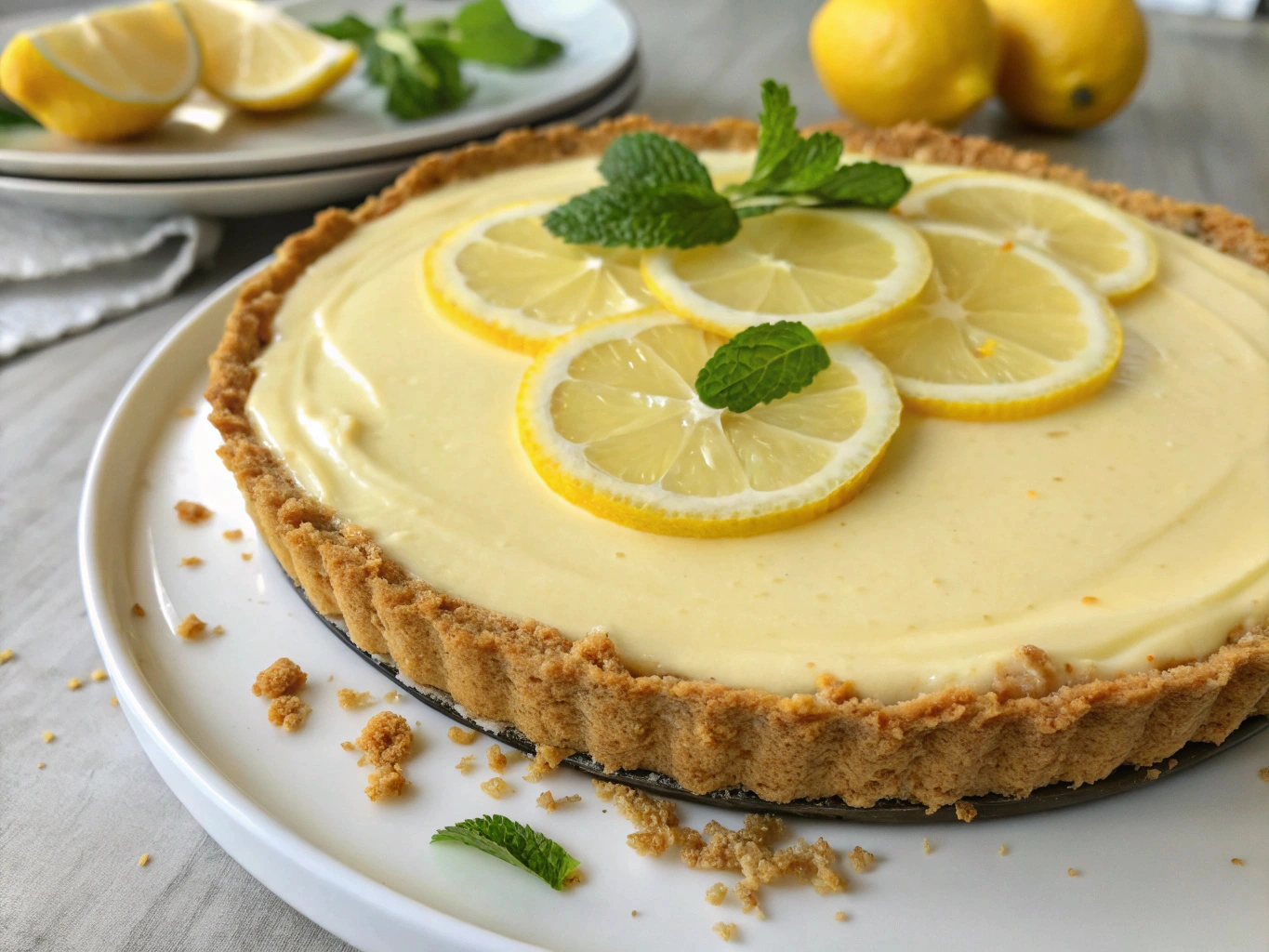
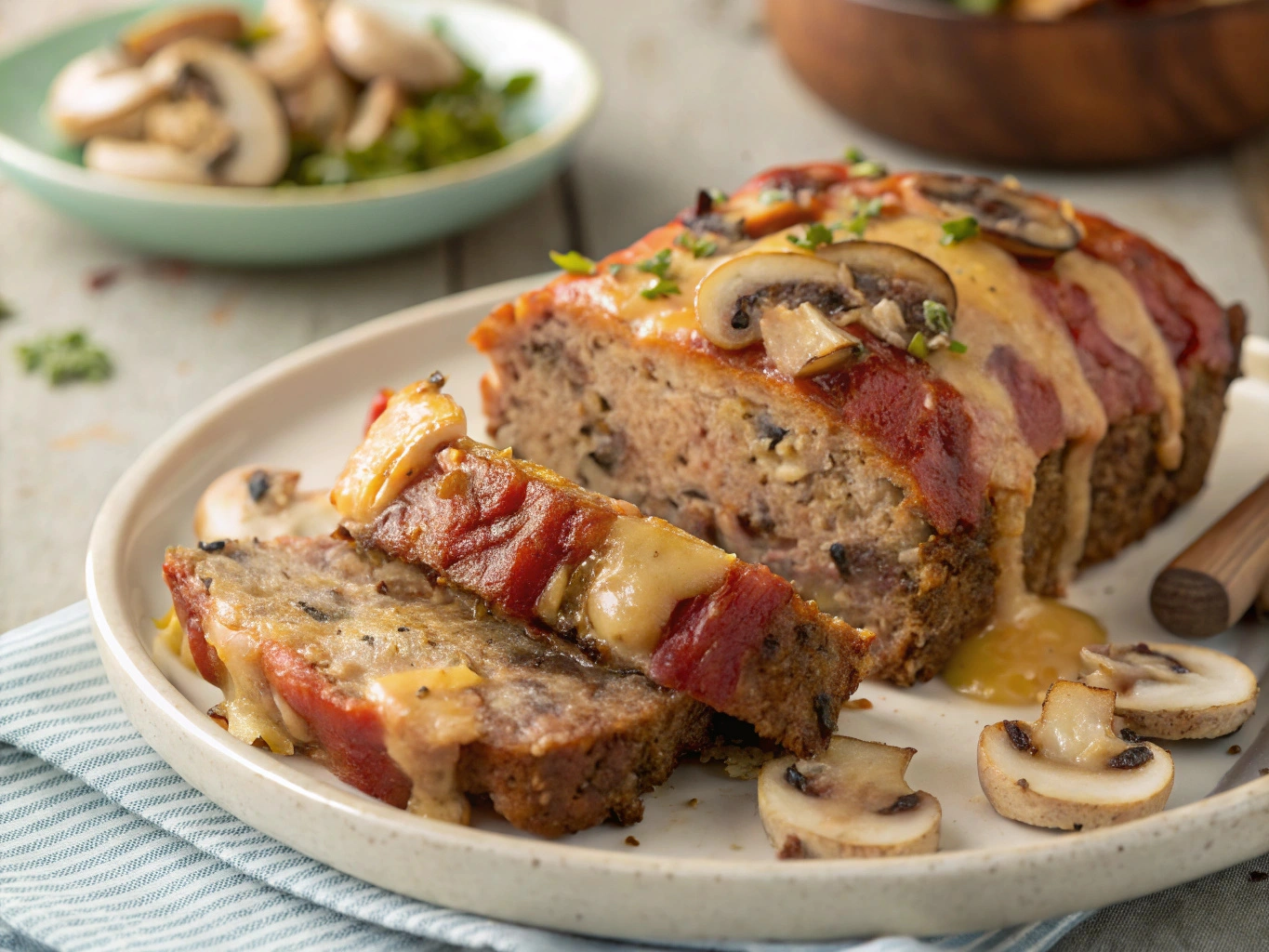
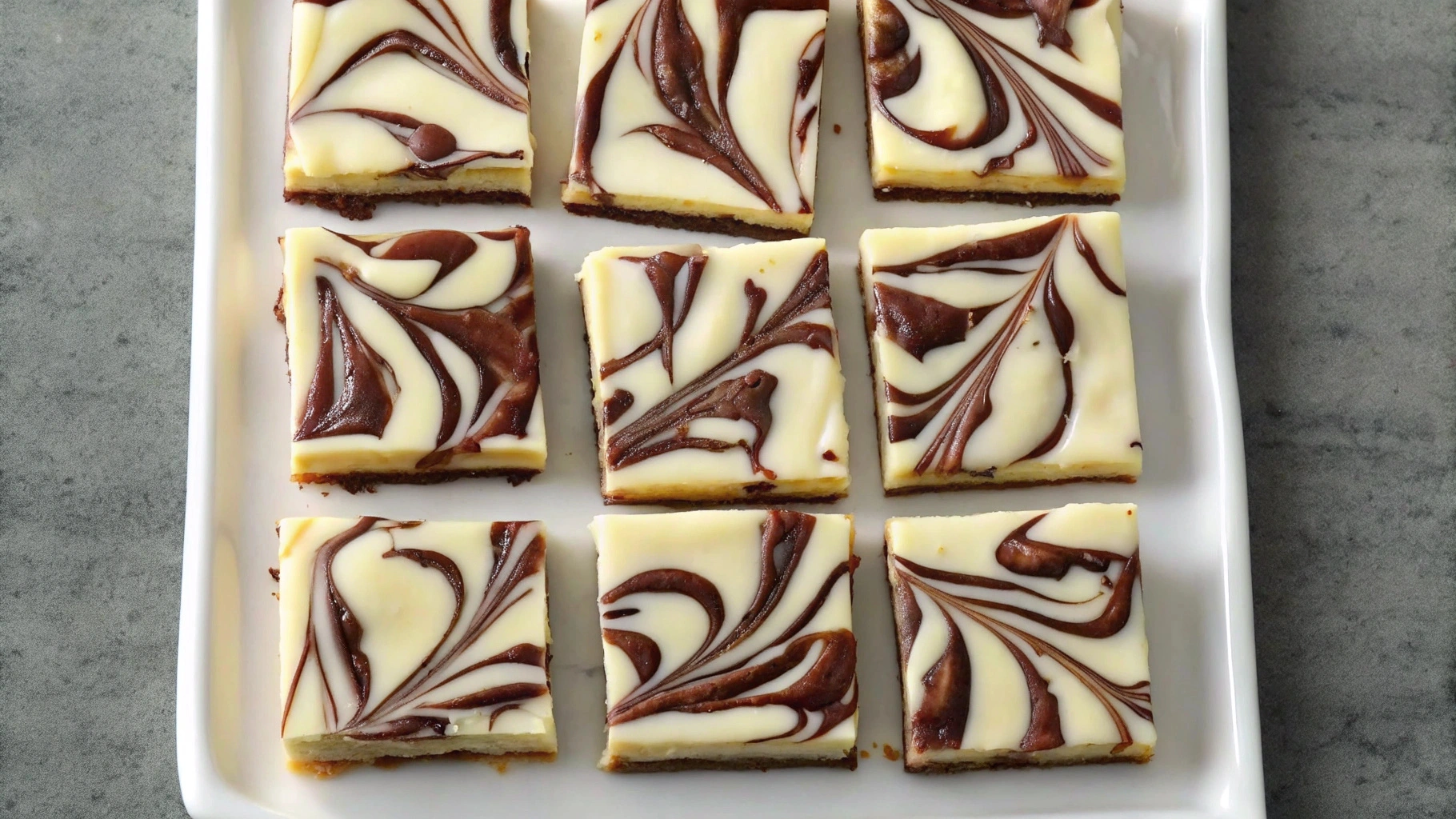
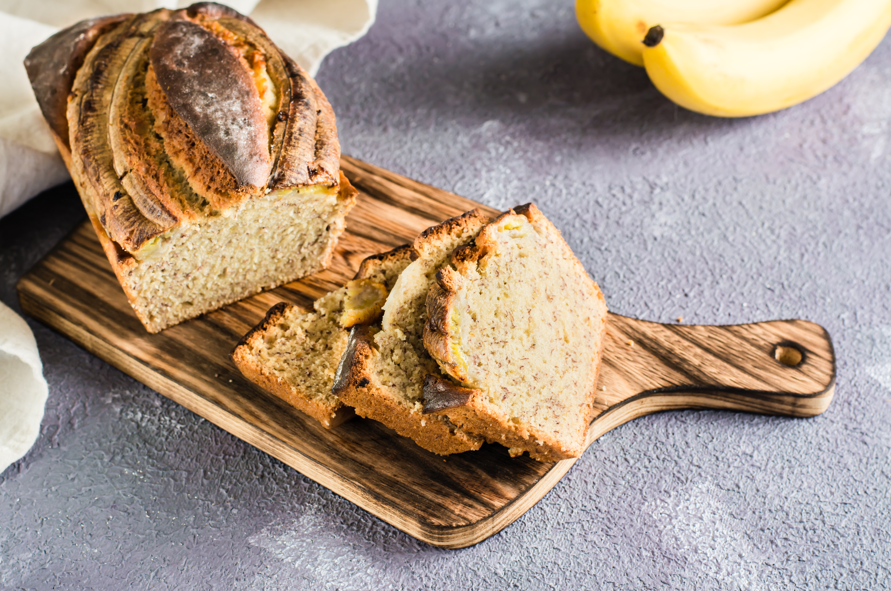

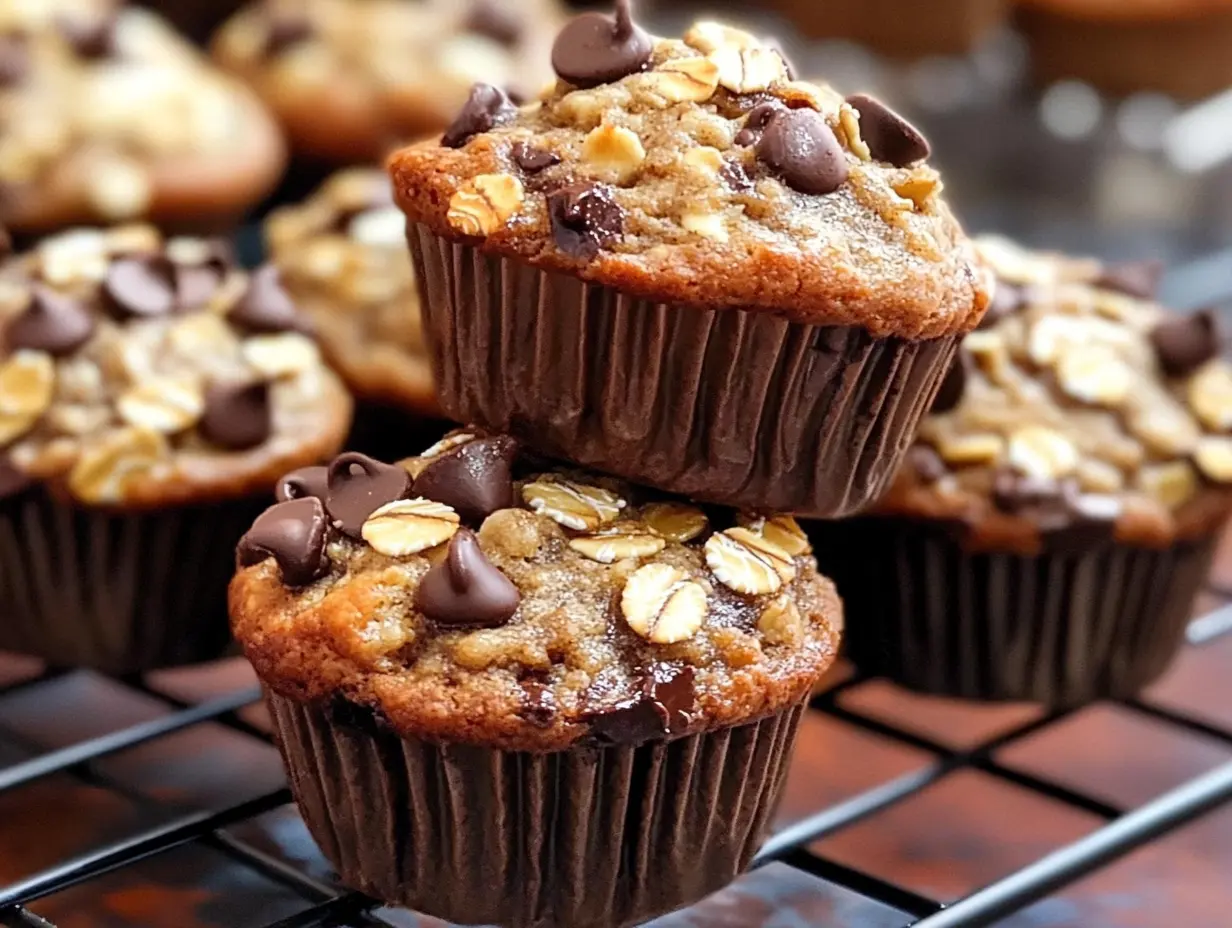
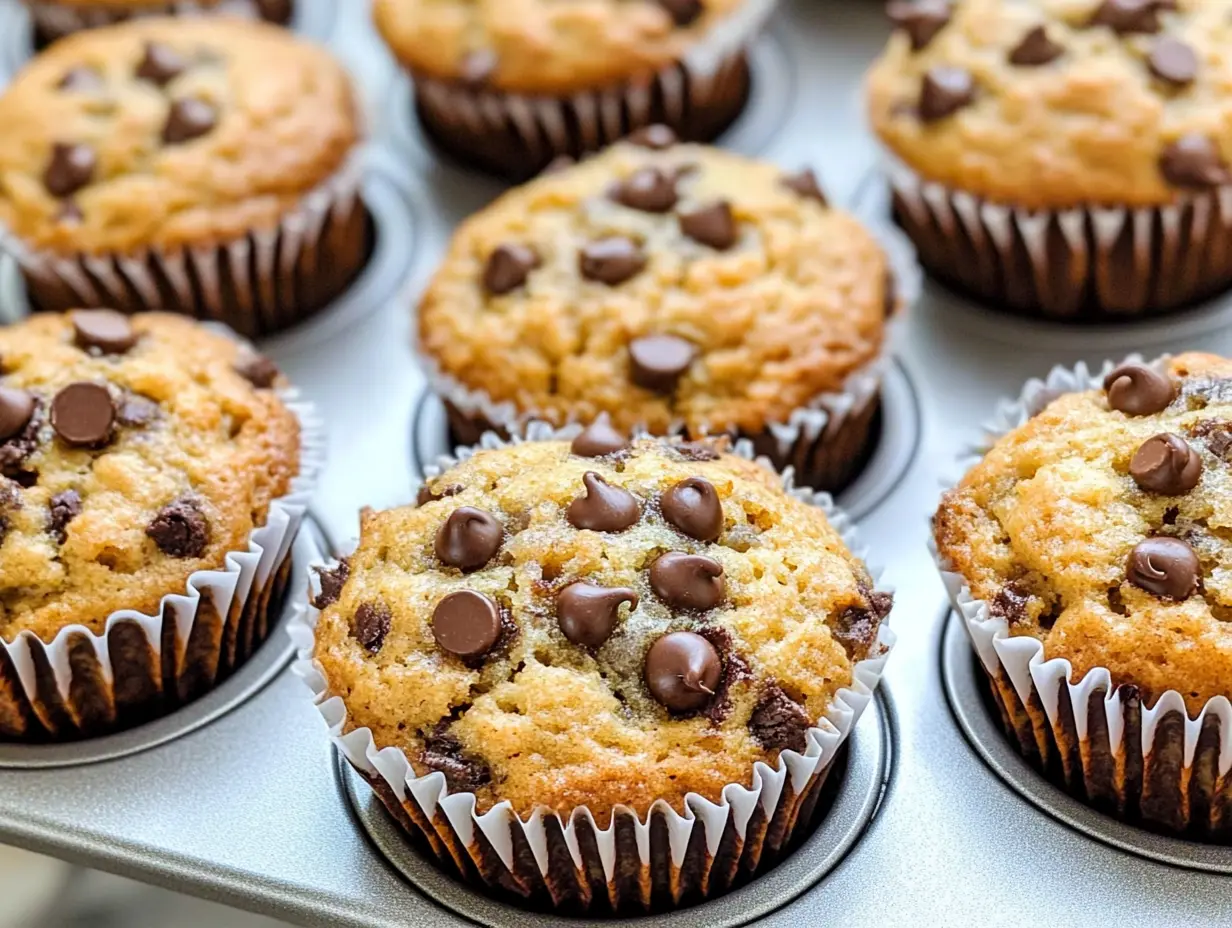
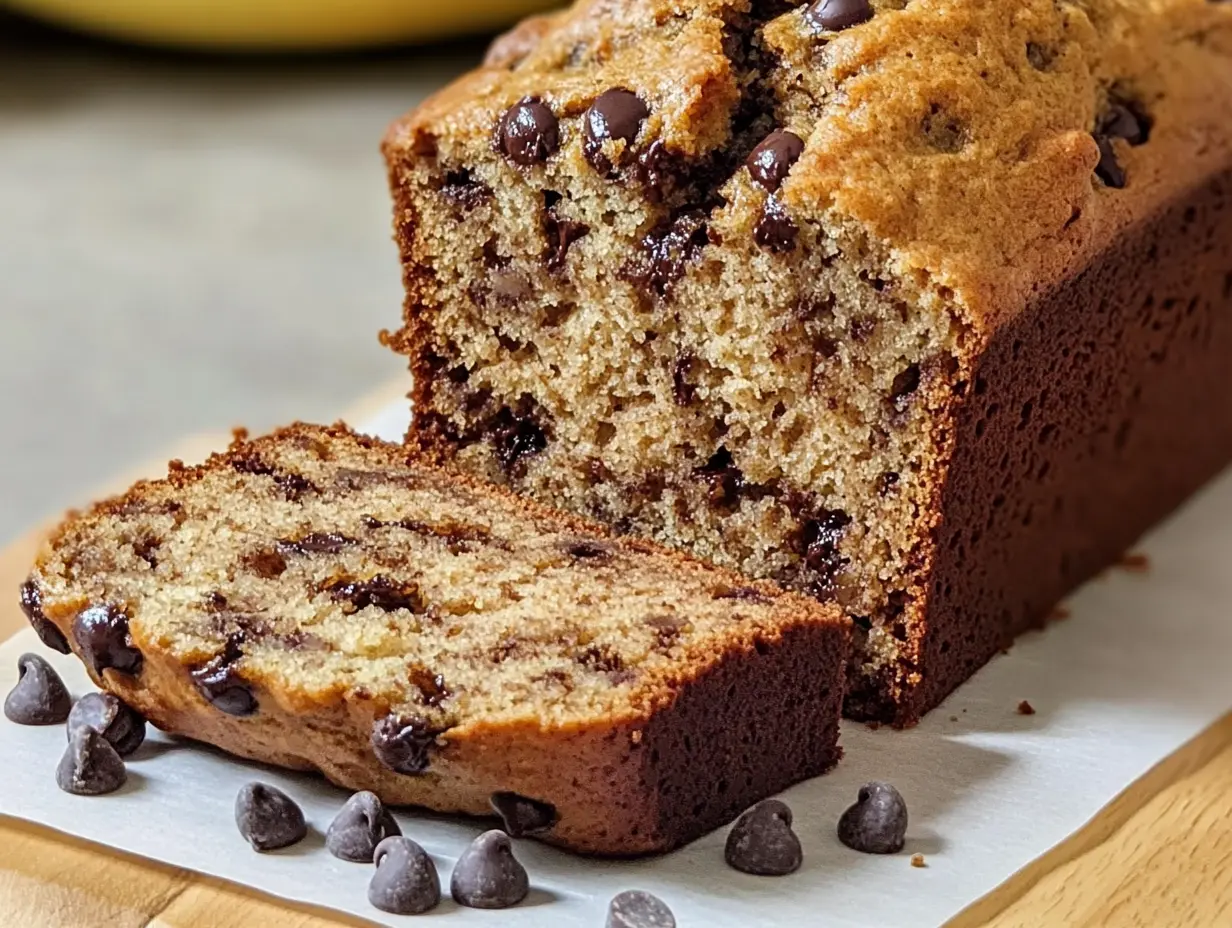
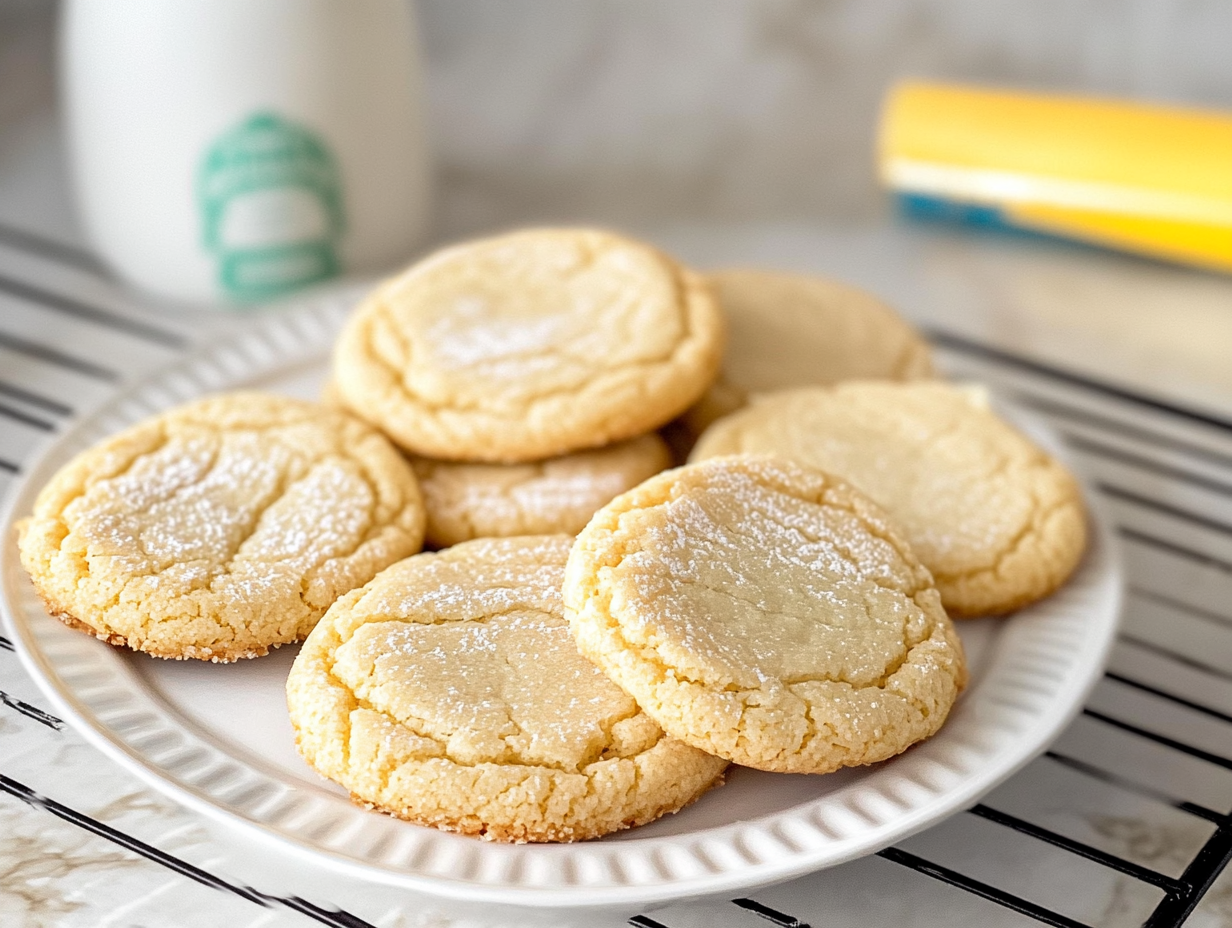
Leave a Reply